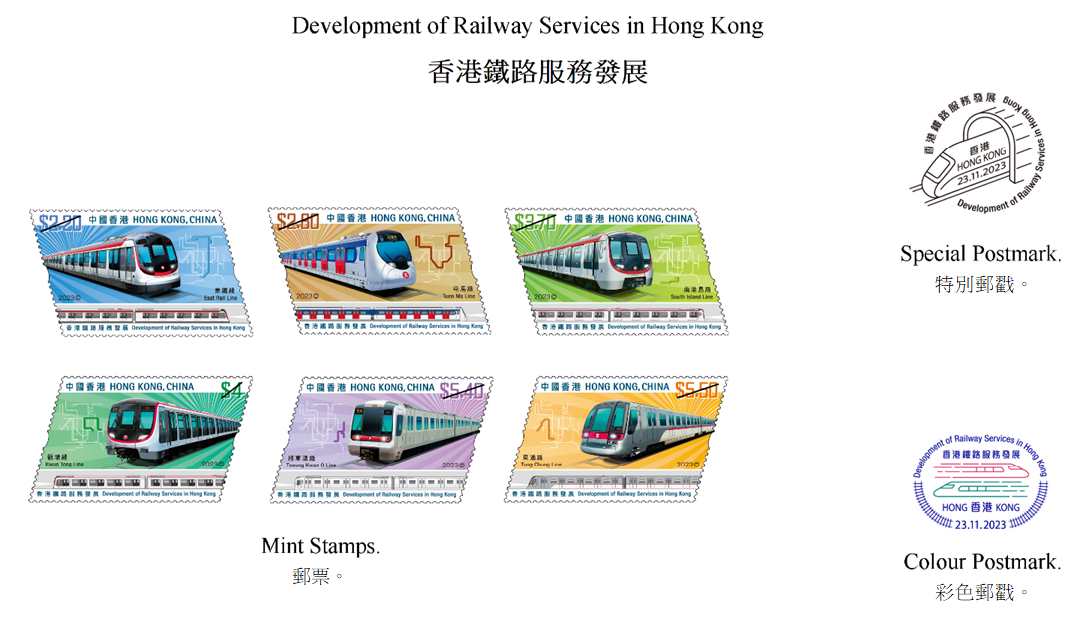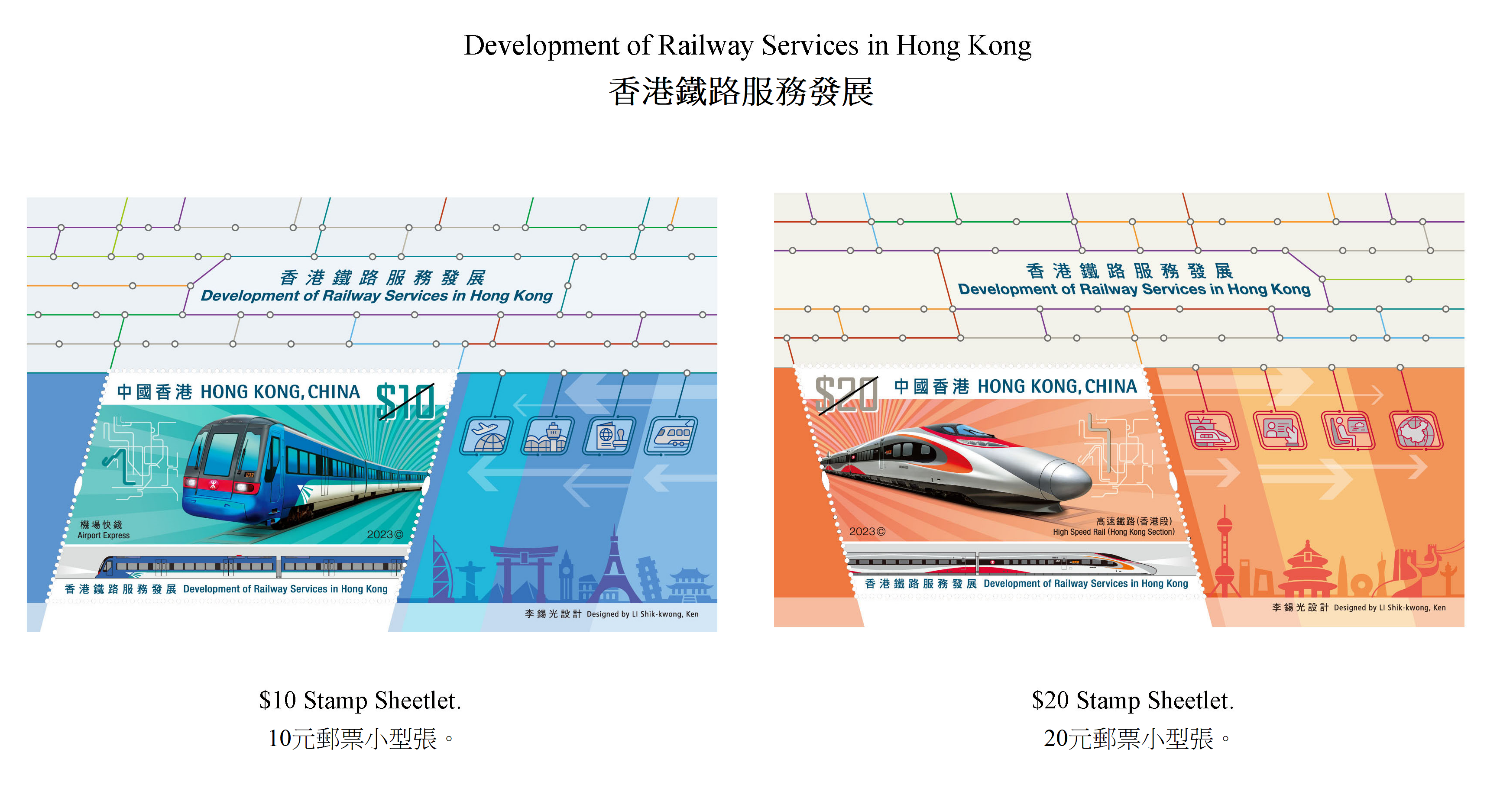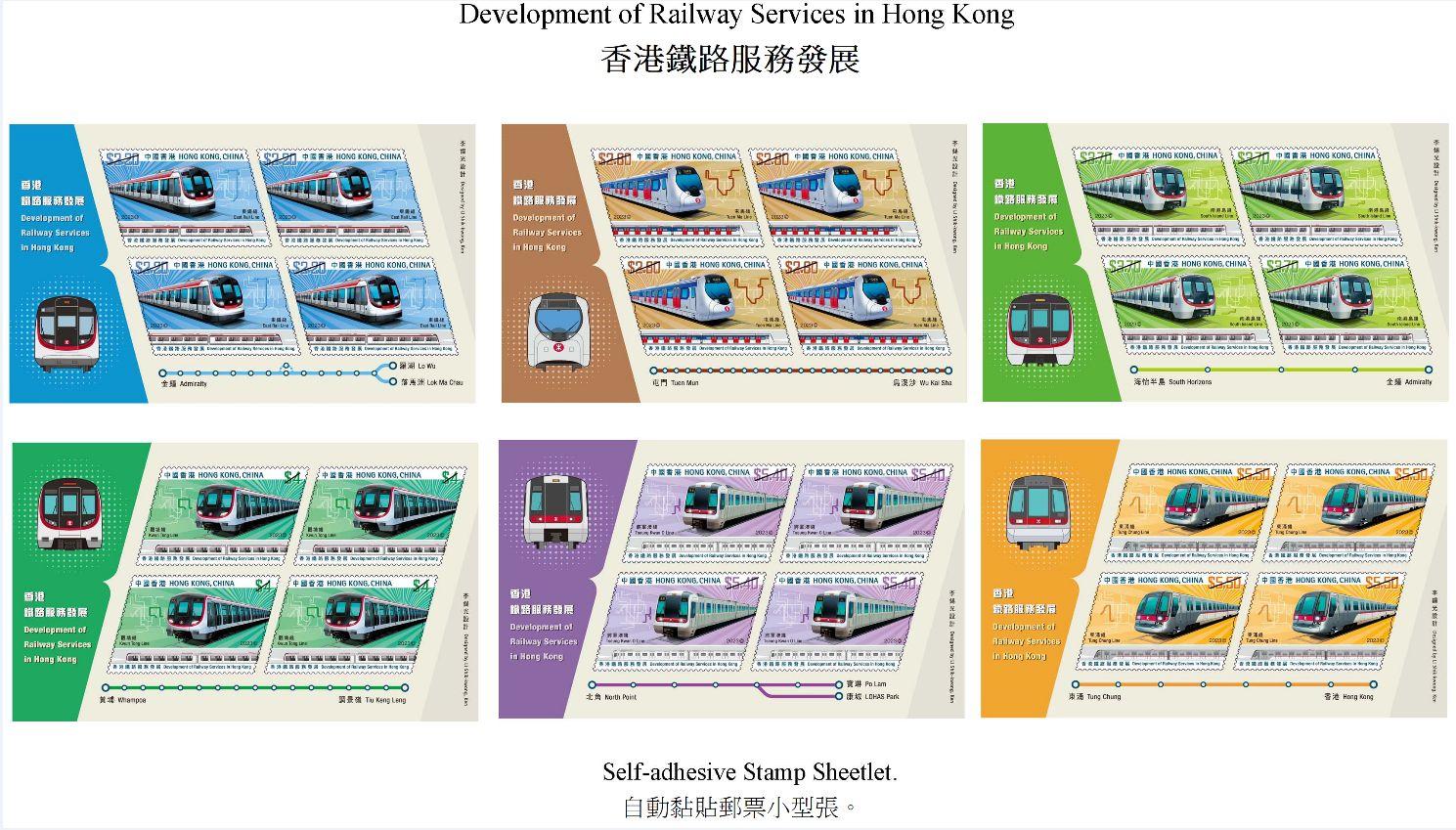Following is a question by the Hon Chan Yung and a written reply by the Secretary for Transport and Logistics, Mr Lam Sai-hung, in the Legislative Council today (November 8):
Question:
Regarding the construction of barrier-free facilities, will the Government inform this Council:
(1) whether it will change the current practice of outsourcing projects of barrier-free facilities to consultancy firms and instead, by drawing reference from the practices of the Governments of the Shenzhen Municipality and the Shanghai Municipality, sign long-term collaborative research agreements with tertiary institutions, so that the design of such facilities will not be overly homogeneous and can better cater to the needs of the community;
(2) given that the cost of each project under the Universal Accessibility Programme is capped at $75 million at present, and it is learnt that the cost of a similar project in the Shenzhen Municipality is just about 30 per cent of the cost of a project under the Programme, whether the authorities have studied the reasons for that, and whether they have plans to adopt measures to reduce the cost of such projects; and
(3) as there are views pointing out that currently all the lifts built under the Programme have adopted the design of transparent glass external walls, and such design will incur additional cleaning, repair and electricity costs (due to the absorption of a large amount of heat energy by the mechanical parts), of the reasons for adopting such design?
Reply:
President,
The Government launched the Universal Accessibility (UA) Programme in August 2012 to proactively provide more barrier-free access facilities (i.e. lifts and ramps) at existing walkways such as footbridges or subways that could meet the criteria of the UA Programme, with a view to facilitating access by the public in need. My reply to the various parts of the question raised by the Hon Chan is as follows:
(1) In taking forward the projects under the UA Programme, we will engage consultants to carry out the investigation, design and supervision of construction works, etc. The design of lift retrofitting works has to take into account the actual environment and constraints of individual sites, as well as the future operation and maintenance arrangements, and be cost-effective. During the design stage of each lift retrofitting project, we will consult the public and relevant stakeholders, including District Councils, nearby residents and representatives of non-governmental organisations (including those related to the welfare of persons with disabilities) on the preliminary design of the lifts in order to meet the needs of users as far as possible. In addition, we will also consult the Advisory Committee on the Appearance of Bridges and Associated Structures (ACABAS), which comprises representatives from various professional bodies and the department of architecture and design of tertiary institutions, on the design of the lifts. The ACABAS will scrutinise and provide comments on the design of the lifts from the aesthetic visual and greening perspectives. In the past, when implementing projects under the UA Programme, the Highways Department had, in response to the comments of the ACABAS, revised the design of the lifts. For example, appropriate colour for the lift tower and its link bridge, and a slimmer structure for the link bridge, etc, were adopted with a view to making the lift(s) compatible with the neighbouring environment and striking a balance between aesthetics and the community's needs.
(2) According to the works contracts awarded in the past, the average project cost of retrofitting a lift at an existing walkway is about $16 million. Apart from the construction cost, it also includes the costs of feasibility study, project investigation, design and supervision, etc. Other projects may require the construction of more than one lift and the demolition of the associated ramps, depending on the actual conditions of the pedestrian walkway concerned. Some projects may involve more complicated geotechnical conditions and traffic diversion arrangements and need to deal with congested underground utilities, which may affect the design, thereby resulting in higher costs. In order to ensure that the block allocation of the UA Programme can meet the funding needs of most projects (including individual projects that are more complicated or involve retrofitting more than one lift), we set the financial cap for each project at $75 million.
The construction industry in the Mainland and Hong Kong has its own unique characteristics, as illustrated by differences in labour costs, design standards and statutory requirements, etc. Therefore, it is not appropriate to make a direct comparison of the construction costs between the two places. The design of each lift retrofitting project under the UA Programme adopts the "no-frills" principle and will be procured in accordance with the established procedures for Government's public works projects. The tendering procedures of each works contract are open to qualified contractors for open tendering, and the most competitive tender bid will be selected to maximise the cost-effectiveness of the works.
(3) In designing the lifts, we take into account the comfort of the users and at the same time comply with the Government's policies on environmental protection, energy conservation and carbon emission reduction. The external walls of the lift towers are mostly made of concrete walls or steel structures in appropriate proportion. Considering the need for security management inside the lift and to minimise the visual impact, an appropriate amount of transparent glass will be installed for the lift towers and the lift cars, along with the adoption of glass materials that can block solar heat, thereby reducing the temperature inside the lift shafts. At the same time, we are also conducting tests on a number of materials and devices, such as nano-self-cleaning coatings and nanofiber filters, to reduce the accumulation of dust and dirt. We will continue to evaluate and test the effectiveness of the above materials and devices for adoption in lifts when appropriate.






